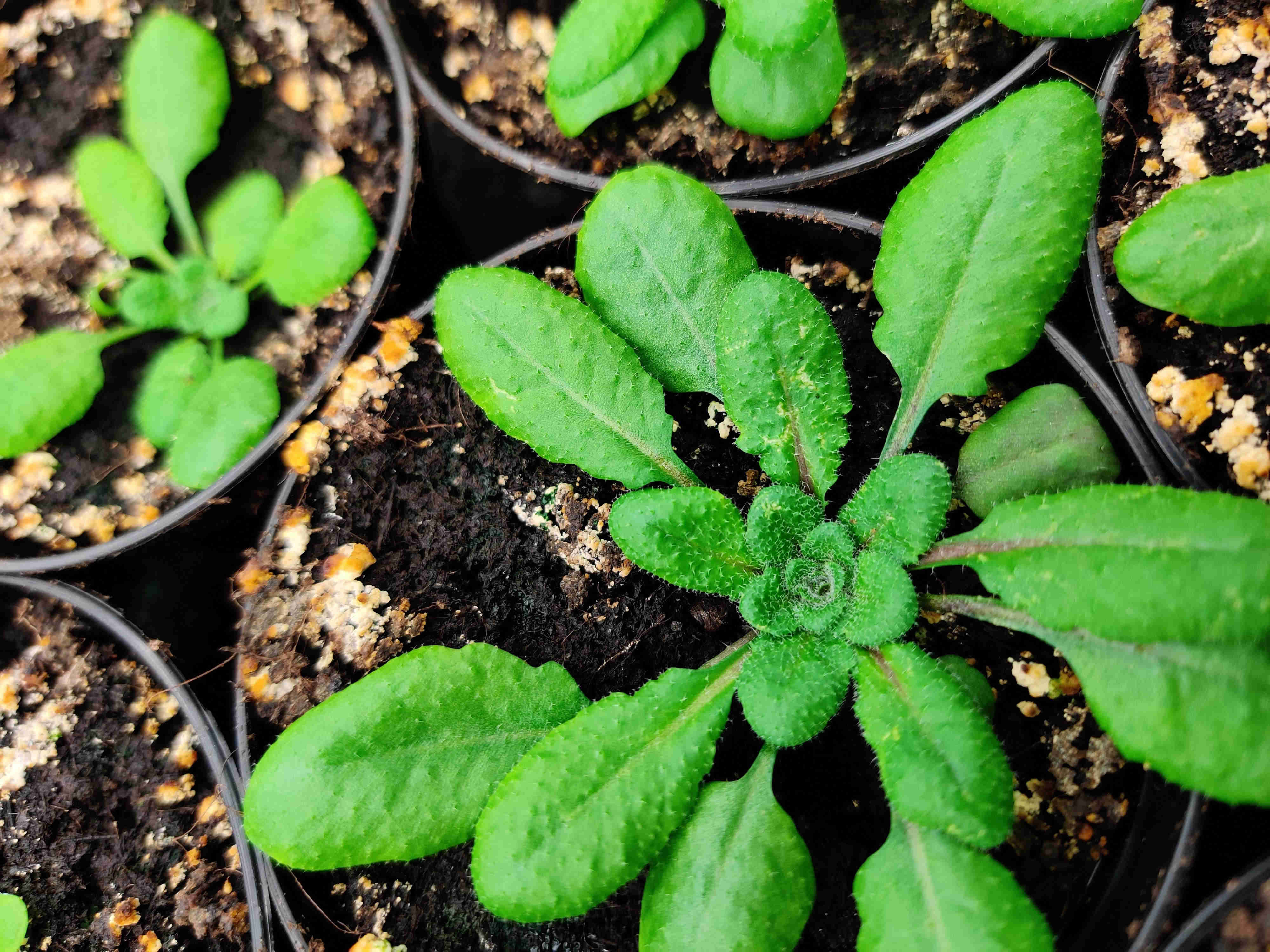organisms
Carnivorous plants
Carnivorous plants are rich in traits ideal for studying key evolutionary biology concepts like innovative trait evolution, convergent evolution, co-option, and phenotypic plasticity. Our research delves into evolutionary mysteries by exploring a variety of these fascinating lineages.
Among these, we focus on several carnivorous plant lineages, including Nepenthes, Brocchinia, and Sarracenia. A particularly noteworthy species is the Australian Pitcher Plant Cephalotus follicularis. This plant is distinctive for producing two types of leaves: photosynthetic leaves for energy production and carnivorous pitcher leaves for insect trapping. Interestingly, the pitcher leaves evolve from the fully photosynthetic ancestors, illustrating a coexistence of ancestral and descendant traits within a single plant. This feature offers invaluable insights for the evolution of plant carnivory.

Arabidopsis and other model plants
To fully understand evolution, it is not sufficient to only study carnivorous plants. Comparative analysis is crucial in scientific research. Therefore, we utilize model plants like Arabidopsis and tobacco to provide a contrasting perspective to our studies on carnivorous plants.


Escherichia coli and Agrobacterium
E. coli is a cornerstone in molecular biology. This bacterium is a dependable resource for various genetic techniques, including gene isolation, recombination, amplification, expression, and functional analysis. Agrobacterium is a remarkable soil bacterium, known for its unique ability to transfer DNA into plant cells and integrate it into the plant genomes. This ability makes it an essential tool for modifying plant characteristics.

Organisms brought in by lab members
Ferns

Isopods
